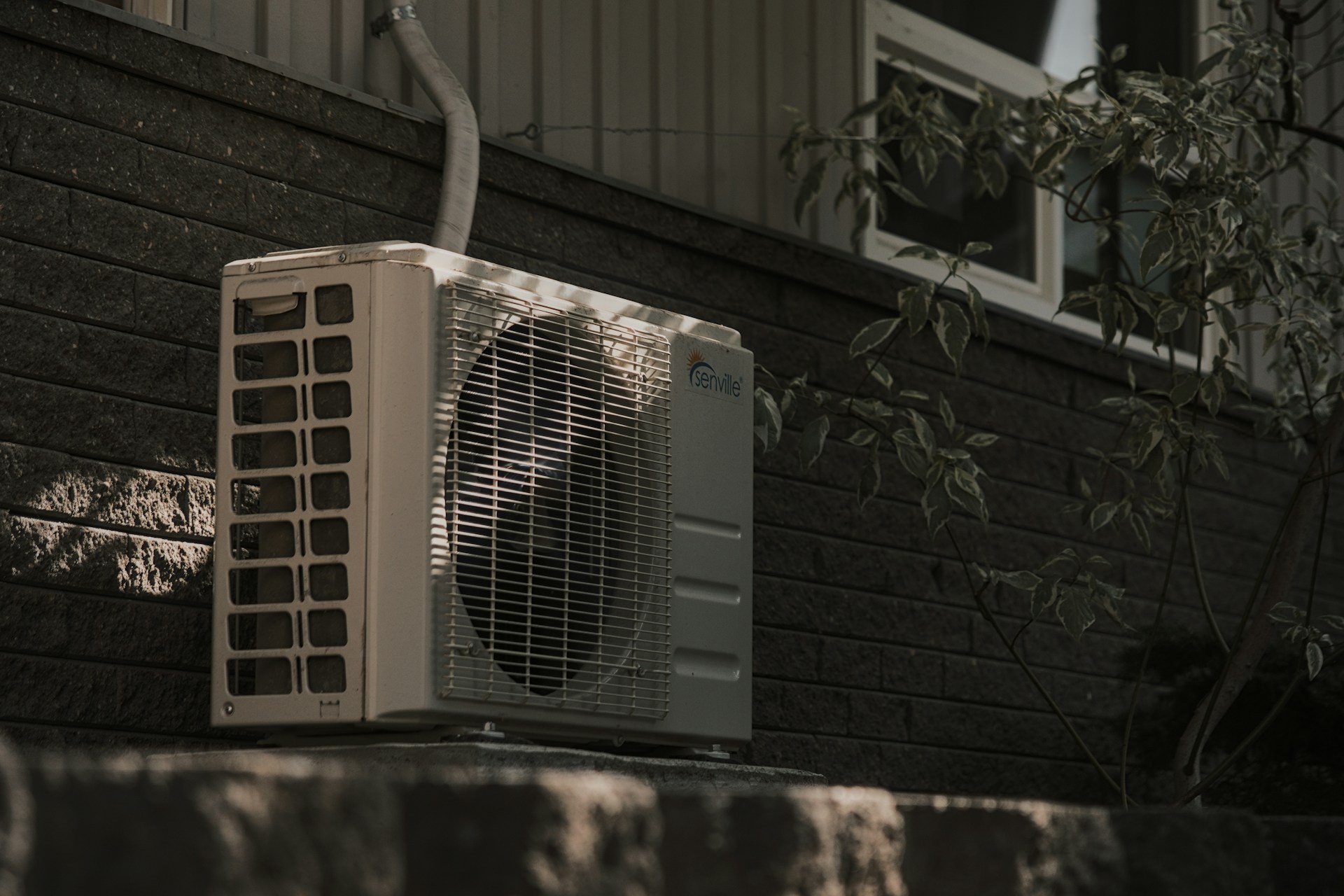Top Tips for Preparing Your Roof for Harsh Weather

Preparing a roof for harsh weather is essential for maintaining the integrity of a home. Homeowners should prioritize routine inspections, ensuring that shingles, flashing, and gutters are in good condition to withstand severe conditions. Proactive measures can prevent costly repairs and extend the lifespan of the roof.
As storms can bring high winds, heavy rain, and snow, assessing these elements before bad weather strikes is crucial. Clearing debris from gutters and trimming overhanging branches reduces the risk of water damage and structural issues. Knowledge of these preventive strategies can significantly enhance a roof’s resilience.
Assessing Your Roof’s Current Condition
To prepare a roof for harsh weather, assessing its current condition is essential. Identifying weaknesses and scheduling professional inspections can significantly enhance its durability against severe elements.
Identify Potential Weaknesses
Inspecting the roof for potential weaknesses is crucial. Homeowners should look for visible signs of damage, such as cracked shingles, peeling flashing, or rust on metal areas.
Additionally, checking for any sagging or uneven sections can indicate structural issues. Crevices in the roof could lead to leaks and water damage if not addressed promptly.
Regular maintenance ensures that small roof issues do not escalate. Using binoculars can help to examine hard-to-reach areas. Keeping an inventory of noted weaknesses allows for prioritized repairs which ultimately reinforces the roof’s integrity.
Schedule Professional Inspections
Hiring a professional inspector is a proactive approach to roof maintenance. They possess the expertise to evaluate the roof’s condition comprehensively.
A professional assessment typically includes checking the attic for water stains, inspecting the roof’s surface for wear, and ensuring proper ventilation to prevent moisture accumulation.
Expert assistance in preparing your roof can save money in the long run by addressing repairs before they become more significant problems.
Maintenance Strategies for Enhancing Roof Durability
Maintaining a roof is essential for prolonging its lifespan and ensuring it withstands harsh weather. Routine cleaning, preventative leak measures, and timely repairs are necessary for optimal roof performance.
Preventative Measures for Leak Prevention
Taking proactive steps can significantly reduce the risk of leaks. Regularly inspecting flashing around chimneys and vents is crucial. Any deterioration or gaps should be sealed with roofing cement or replaced as necessary.
Homeowners should also consider applying a waterproof sealant on vulnerable areas. This added layer of protection guards against moisture penetration during heavy rains or snow.
Additionally, maintaining adequate insulation and ventilation in the attic can prevent ice dam formation. Ice dams can cause significant damage to shingles and underlying structures.
Immediate Repairs to Minor Damages
Addressing minor roof damage promptly is essential to prevent larger issues. Cracked or missing shingles should be replaced immediately. This small investment in time and materials can save significant repair costs later on.
It’s also vital to check for loose or damaged gutters. Ensuring they are securely attached and functioning can prevent water from cascading down the structure, which may lead to leaks in the future.
For homeowners in Indianapolis, where temperature fluctuations can lead to expansion and contraction of materials, checking seals and joints seasonally is wise. Neglecting these minor repairs can lead to costly roof replacements over time. Prompt action can maintain roof integrity and enhance overall durability.
Upgrading Your Roof for Harsh Weather Conditions
Preparing a roof for severe weather involves selecting the right materials and ensuring proper insulation and ventilation. These steps help protect not only the roof but also the entire structure from potential damage.
Selecting Resilient Roofing Materials
Choosing durable roofing materials is essential for weather resilience. Common options include:
- Asphalt Shingles: Affordable and available in various styles, they provide decent protection.
- Metal Roofing: Highly durable, metal can withstand strong winds and heavy snow. It also reflects sunlight, helping with energy efficiency.
- Tile and Slate: These materials are heavy and resistant to damage, suitable for areas with heavy rainfall or wind.
It’s important to consider the local climate when selecting materials. For instance, in areas prone to hail, impact-resistant shingles are advisable. Additionally, check for warranties that cover extreme weather conditions, as this can provide peace of mind and long-term protection.
Improving Insulation and Ventilation
Proper insulation and ventilation are crucial for maintaining roof health during harsh weather. Effective insulation helps regulate temperature, reducing the risk of ice dams in winter. Key components include:
- Fiberglass Insulation: Offers excellent thermal resistance and mold prevention.
- Foam Board Insulation: Provides superior energy efficiency, especially in roofs.
Ventilation mitigates moisture buildup, lowering the risk of mold and rot. Installing roof vents and soffit vents facilitates airflow, keeping the attic cooler in the summer and preventing heat loss in the winter. It’s vital to assess existing ventilation systems and make necessary upgrades for optimal performance.
Emergency Preparedness and Response Plan
Having a well-defined emergency preparedness and response plan is essential for homeowners. This ensures quick action during severe weather, minimizing damage and ensuring safety.
Creating a Roof-Specific Emergency Kit
A roof-specific emergency kit should contain essential items to tackle potential damage. This includes:
- Tarps: For covering leaks or holes.
- Rope or straps: To secure tarps in place.
- Buckets: For catching water from leaks.
- Sealant: Quick-drying sealants for temporary repairs.
- Flashlight: A reliable source of light during outages.
Additionally, include tools like a hammer, nails, and a wrench. Regularly check the kit to ensure all items are functional and replace expired materials. It is crucial to store the kit in an easily accessible location, allowing for a swift response when needed.
Developing a Swift Response to Severe Weather Damage
Quick action following severe weather can prevent further damage. First, assess the roof visually from a safe distance. Look for visible damage such as missing shingles or leaks.
If damage is evident, prioritize safety. Use the emergency kit to cover exposed areas with tarps, securing them with rope or straps. Document any damage with photos for insurance purposes.
If extensive repairs are necessary, contacting a professional is advisable. They should evaluate the damage and recommend permanent repairs. Maintaining open communication with a roofing contractor can expedite the repair process, ensuring your home is protected against future storms.

















